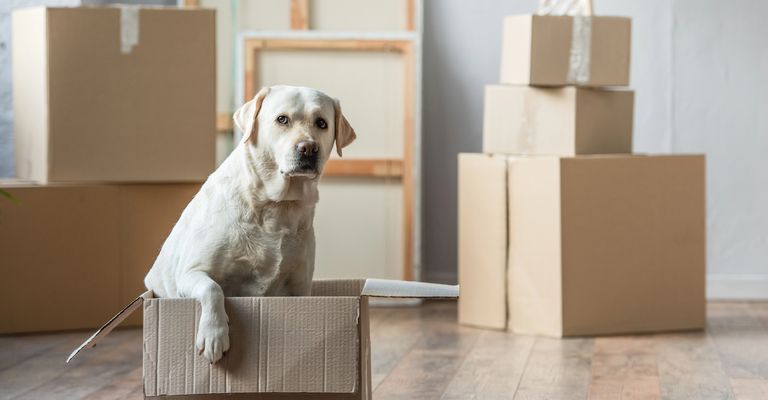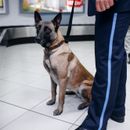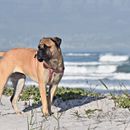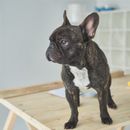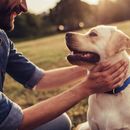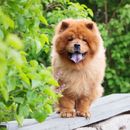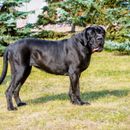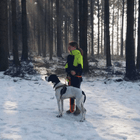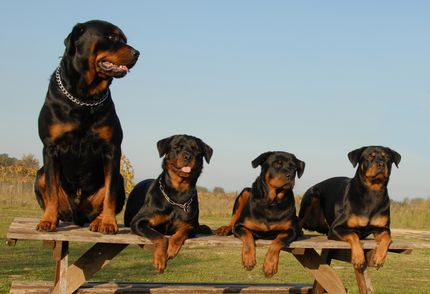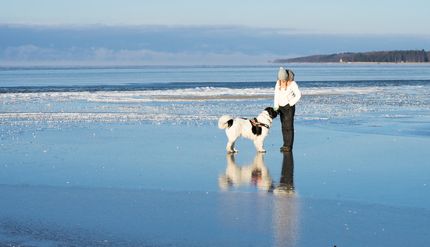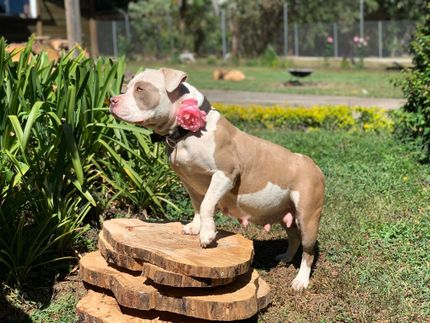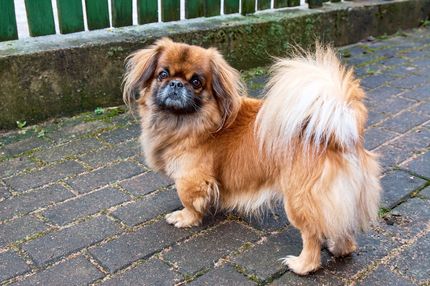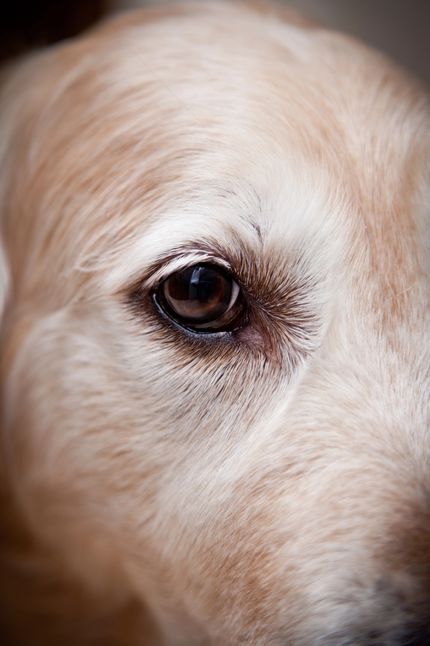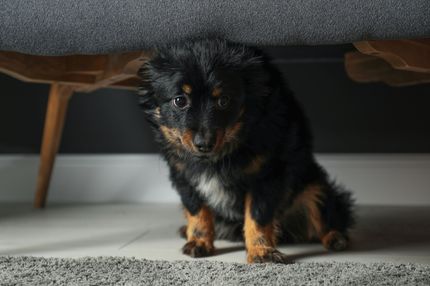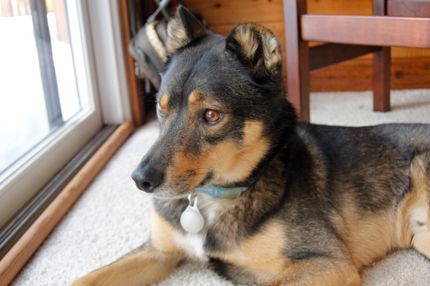Moving with a dog
Moving house often involves a lot of changes - new neighbors, new routes, a different home. While we humans consciously plan and organize this change, it can be a real challenge for our dogs. Suddenly all the familiar smells, noises and routines are gone, and the beloved four-legged friend finds himself in a completely new environment. It's no wonder that many dogs react insecurely, restlessly or even anxiously in the first few days after a move.
To ensure that your dog can get used to the new place as quickly as possible and that moving house with a dog does not become a stress test, you need one thing above all: patience, empathy and structure. After all, dogs are creatures of habit - they are strongly oriented towards familiar processes and need security through routine.
In this blog post, we give you valuable tips for a stress-free acclimatization of your dog. You will find out how you can prepare your dog specifically for the move, what you need to bear in mind during the move and how you can help them to settle into their new home quickly and safely. Whether you are moving with a dog for the first time or already have experience - here you will find practical tips to help you and your four-legged friend get off to a good start in your new home.
Why moving house is particularly stressful for your dog
Moving house doesn't just mean a lot of organization and change for us humans - for dogs, it is often an extremely stressful exceptional situation. While we understand why furniture is moved and boxes are packed, dogs experience this phase as a loss of familiarity. They are creatures of habit, strongly attached to fixed routines, smells and places. When these suddenly disappear, uncertainty arises. The first period after the move can be particularly stressful for the dog - everything is new: the apartment, the surroundings, even the noises. This is precisely why it is so important to acclimatize your dog without stress after the move.
How to recognize stress in your dog
Many dogs show symptoms of stress subtly, others very clearly. Typical signs include restlessness, constant panting, increased whining or barking, loss of appetite or increased licking and scratching. Some dogs withdraw or suddenly show unclean behavior - even if they were previously house-trained. These reactions should be taken seriously, but they also show that your dog now needs a lot of understanding. Adapting to the new environment takes time - and you can actively support him in this process.
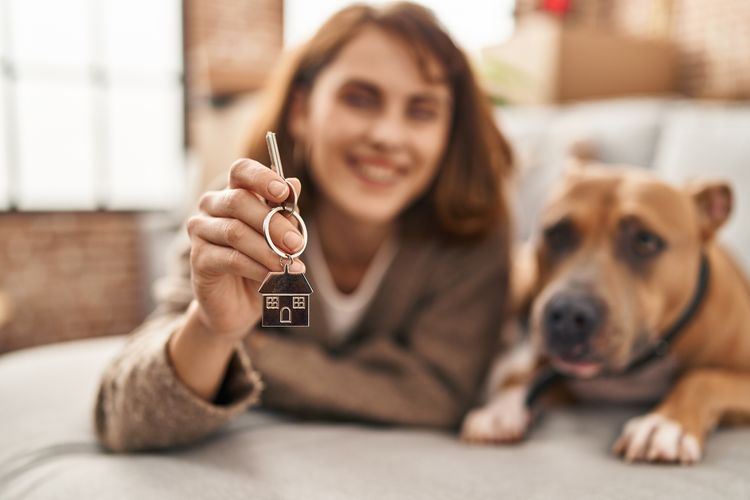
How you can help your dog settle in
In addition to a stable daily structure, there are many other ways to make it easier for your dog to settle in without stress after the move. Make sure your dog has a balanced diet, as the stomach is particularly sensitive to stress. Supplements with B vitamins, omega-3 fatty acids or L-tryptophan can have a calming effect - in consultation with a vet. Natural helpers such as lavender (e.g. as a spray or in a diffuser) or Bach flowers are also often used to provide support in stressful situations. A cozy retreat corner with his blanket or favorite toy from the old apartment also has a calming effect. The important thing is to give your dog the time he needs - and accompany him carefully through this new phase of his life.
The day of the move itself
The actual moving day can be particularly stressful for dogs - lots of strangers, loud noises, boxes and chaos. If you are taking your dog to the new home by car, it is helpful to practise driving in advance, especially if your dog is still unsure. Short, positive rides with rewards help to associate the car with something positive. During the move, make sure that your dog does not run around unsupervised between boxes and open doors, but is kept safe - ideally with familiar people, in a quiet room or in a secure transport box in the car. This will prevent panic or accidental escapes and make the process less stressful - for everyone involved.
Not immediately alone in the new house
After a move, your dog should not have to stay alone in their new home straight away - because everything is new to them: smells, noises, rooms and routines. The familiar surroundings that gave him security suddenly no longer exist. In this sensitive phase, your dog needs a lot of closeness and orientation. If he is left alone too soon, this can lead to fear of loss, insecurity or behavioral problems. Instead, you should consciously take time in the first few days to settle in together, establish routines and show your dog step by step that he can feel safe in his new home - before practising being left alone again.
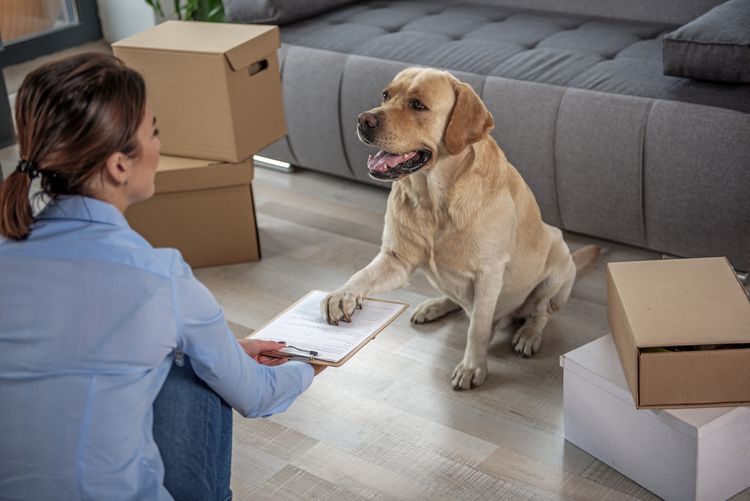
Between too much care and "everything is as usual"
Many owners want to do particularly well and constantly comfort, cuddle or reassure their dog with treats in new surroundings. However, too much attention in moments of uncertainty can have exactly the opposite effect on the dog - it gets the feeling that there is actually cause for concern. It is better to behave as normally as possible in everyday life. Give your dog clear structures, familiar routines and your closeness - but without gestures of pity. This conveys security. It is particularly helpful to maintain familiar rituals - whether it's going for a walk, feeding or cuddling together on the sofa.
Uncertainty is completely normal in the first few days
If your dog seems anxious , clingy or overwhelmed in the first few days after the move, this is completely normal. The new environment will turn their everyday life upside down. Even if the move was well prepared, it can happen that the dog is initially suspicious or overcautious. It is important that you remain calm and reassure him with calm and routine. Because only if you remain relaxed and confident can your dog learn that everything is okay.
Show understanding when behavior changes
A move can lead to your dog suddenly behaving differently than usual. He may suddenly be more anxious, bark more often, withdraw or even show behaviors that you had long since considered to be "abandoned" - such as going into the apartment, not wanting to be left alone or chewing on furniture. This is not a regression, but a normal stress reaction. In such phases, it is particularly important to remain understanding and patient. Your dog is processing a lot of new impressions and needs to build up security and trust again. Avoid punishments or impatience and instead focus on positive reinforcement, routine and closeness. With your loving support, he will gradually stabilize and calm down.
Conclusion: A relaxed new start with patience and structure
Moving house is a big change for dogs - and how sensitively they react to it depends on many factors. It is important that you realize that your dog needs time to get used to the new environment, internalize new routines and gain confidence in the new everyday life. Show him with calm, patience and clear structure that he can rely on you - this is the most important thing you can give him during this transition phase.
With the right amount of care, small everyday aids such as familiar smells, calming remedies and a consistent, loving attitude, your dog will soon have coped well with the move - and will feel just as safe and secure in their new home as they did before.
Sources and relevant links
Sabine Zemla (2023). Stress lass nach - Ein Handbuch für entspannte Hunde und ihre Menschen. Kynos Verlag.
Tasso e.V.
Accessed on 21.04.2025
Martin Rütter
Accessed on 21.04.2025
